Metamorphosis in Insects - Changing Shape
Metamorphosis
Means to transform and is a process many creatures go through as they grow through different stages of their lives. Mammals like ourselves are born in the same shape as we will always be, just smaller. Metamorphosis is an amazing process to observe and one that I find particularly fascinating. Different creatures have evolved a range of abilities to change their body shape, including amphibians and crustaceans. Insects have a special method, using a pupa that they transform safely inside, so that they can take advantage of different body shapes at different times of their lives.
Biology project
It's easy to raise insects in the classroom or at home and you can easily study them as they go through the various live cycle stages. When they are fully grown you can release them back into the wild. Be sure to obtain eggs or larva that are local to your area. It will also be easier to collect food for them.
- Monarch Butterfly Caterpillar - public domain image courtesy of dreamstime.com
The Butterfly and The Beetle
Many insects use metamorphosis. The Butterfly and The The Beetle emerge from eggs into a larval stage known as caterpillars and grubs which look almost nothing like the adult. They eat voraciously which means quickly & greedily and often grow very quickly. They then transform inside a pupa. This can last for a couple of weeks or take many months or even years. Some will even hibernate or go to sleep over the winter to emerge in the spring in seasonal climates. In tropical climates, they often emerge in the dry season. Monarch butterflies emerge in just a couple of weeks. Because it's very warm in the tropics, Monarch Butterflies can complete their whole life cycle in 30-40 days.
- Monarch Butterfly feeding on a Cosmos flower - public domain image courtesy of dreamstime.com
Chrysalis
When Butterfly larva (caterpillars) are fully grown, they turn into a chrysalis, which is a pupa made of hard skin. The caterpillar often attaches itself to a twig with silk, then sheds it's skin and underneath is the hard skin of a chrysalis. Some chrysalises are camouflaged to look like a curled up leaf. This is quite impressive and helps them keep hidden from predators. When the last skin is shed, the head, eyes and mouth come off with it and the caterpillar loses it's legs. Hard to believe until you remember that insects have their skeletons on the outside and are soft and gooey on the inside. Their skeleton is called an exoskeleton.
- Chrysalis camouflages as a curled up leaf attached to a tree - public domain image courtesy of absfreepic.com
Cocoon
Some insects including Moths create a cocoon around their pupa by spinning silk from special glands and wrap themselves up like a sleeping bag. Special Silk moths have been raised for thousands of years by humans, specifically to harvest the silk they create in the pupa stage. Before they emerge they are boiled up which softens the silk. This silk can then be unravelled to be woven into silk cloth, which is a very fine and expensive fabric.
- Silk Worm Cocoon - public domain image courtesy of maxpixel.freegreatpicture.com
In the wild, the insects are safely nestled inside the pupa and their bodies turn to liquid (that's fascinating all on it's own.) I first found this out as a boy by opening one up. I really expected to find a butterfly inside, which I could release early, but it was in the middle of the metamorphosis process and had not yet rebuilt it's body. All I found was a yellow goo. It was quite a shock and I never opened one again. I had inadvertently killed it, which made me sad. I was sure there would be something inside. That's called learning the hard way.
Where does a Pupa live
Some pupae can wriggle, others are stiff as a board. Mosquito pupa are called tumblers and they can swim.
- A tumbler - Mosquito Larva - public domain image courtesy of res.publicdomainfiles.com
When Beetle grubs are fully grown the often bury down into the ground where it's safe and warm to pupate. Some moths also do this. They slow down their movement and curl up as they begin to harden before turning into a pupa. It's often a long sleep. Some insects will be in a pupa for a few weeks while others will spend the whole winter hibernating, before emerging in spring. Some species only live as an adult for a few days or even hours.
- Beetle Larva - public domain image courtesy of Insects Unlocked University of Texas, Austin
Many types of adult Mayflies don't even have a mouth or digestive system so they don't eat at all. They live just long enough to find a mate, reproduce and then they die. In the summer you may see hundreds of them lying in the grass. Mayfly larva do live for a long time underwater as a predatory creature before emerging from the water to fly and find a mate. Their larval stage is called a Nymph. You can often find them if you go pond dipping with a net.
Mayfly larval stage (Nymph) public domain image courtesy of Ian Alexander dungenessrivercenter.org
Glossary of terms
- Pupa is the name for the stage where the larva transform inside a hard shell (pupae is plural)
- Larva is the name for the grub or caterpillar which emerges from an egg (larvae is plural)
- Cocoon is a covering of spun silk around a pupa which some insects create
- Chrysalis is the name of a Butterfly pupa
- Metamorphosisis the process of transformation from one body shape to another
- Tumbler is the swimming pupa of a Mosquito
- Nymph larval stage of a Mayfly
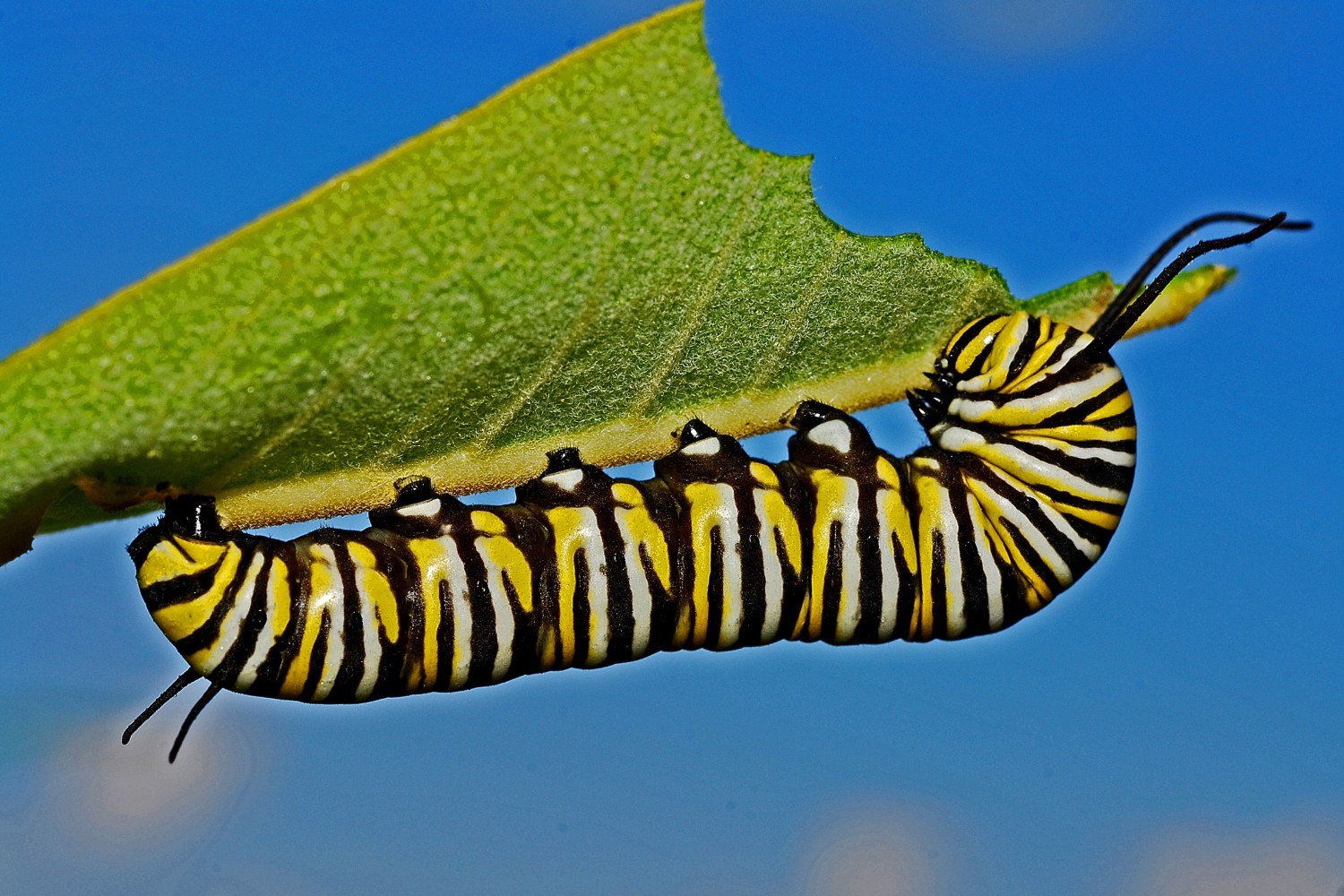
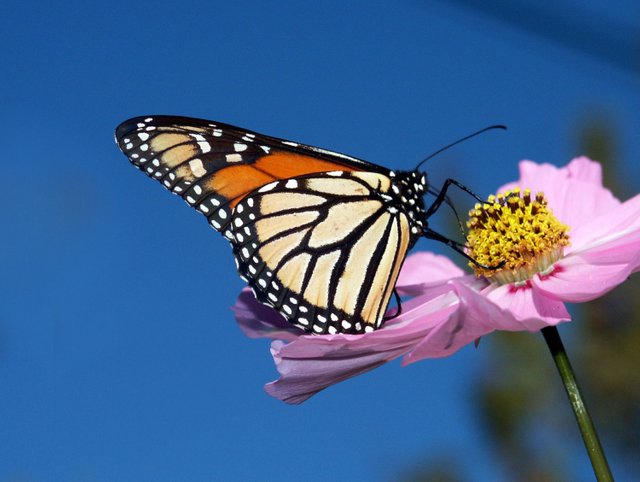
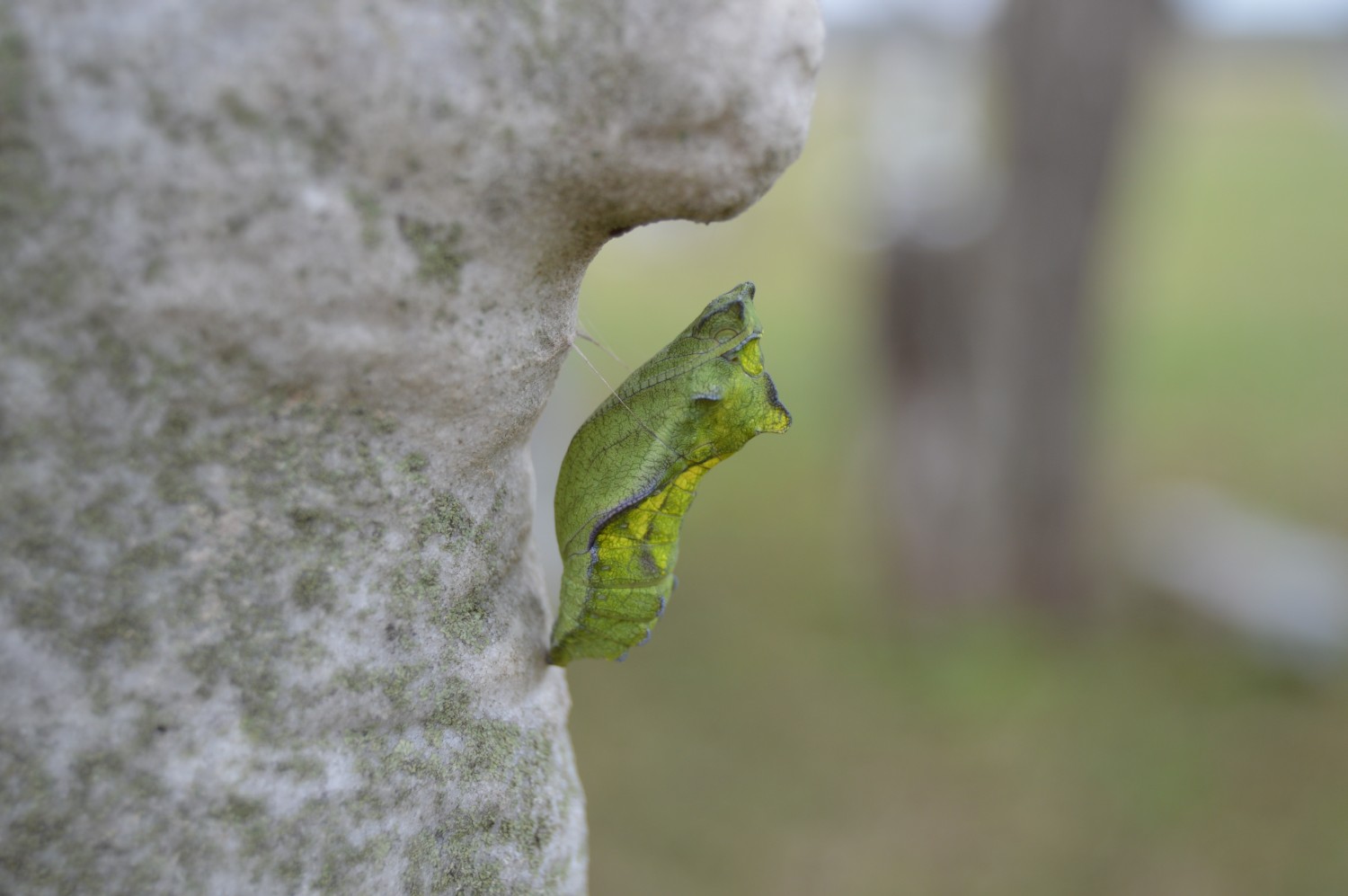
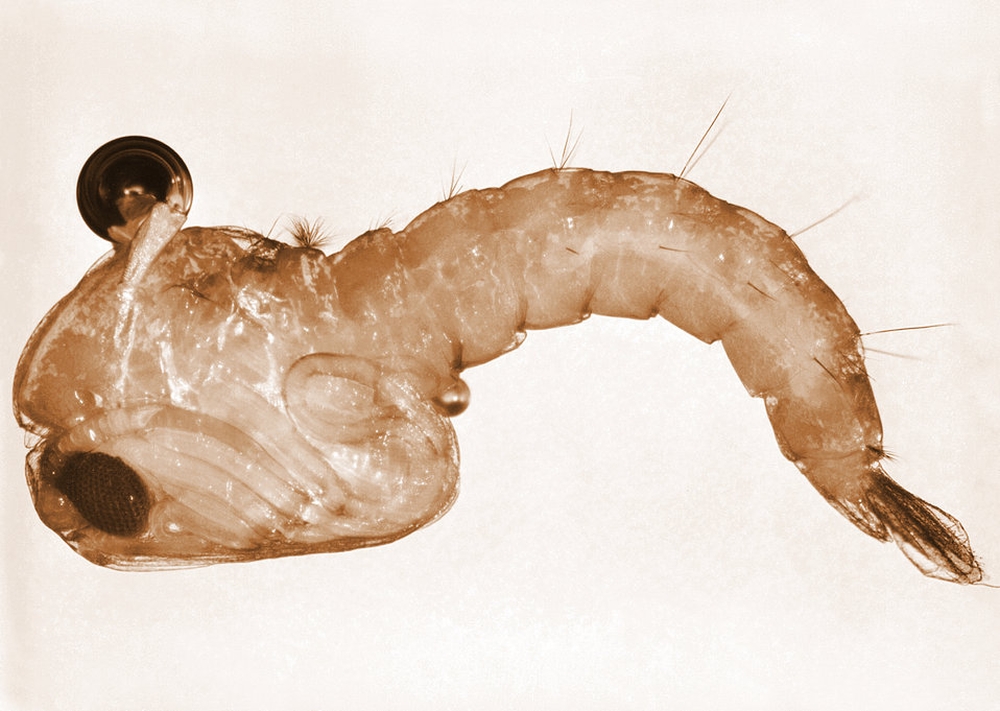
_(25086303863).jpg)
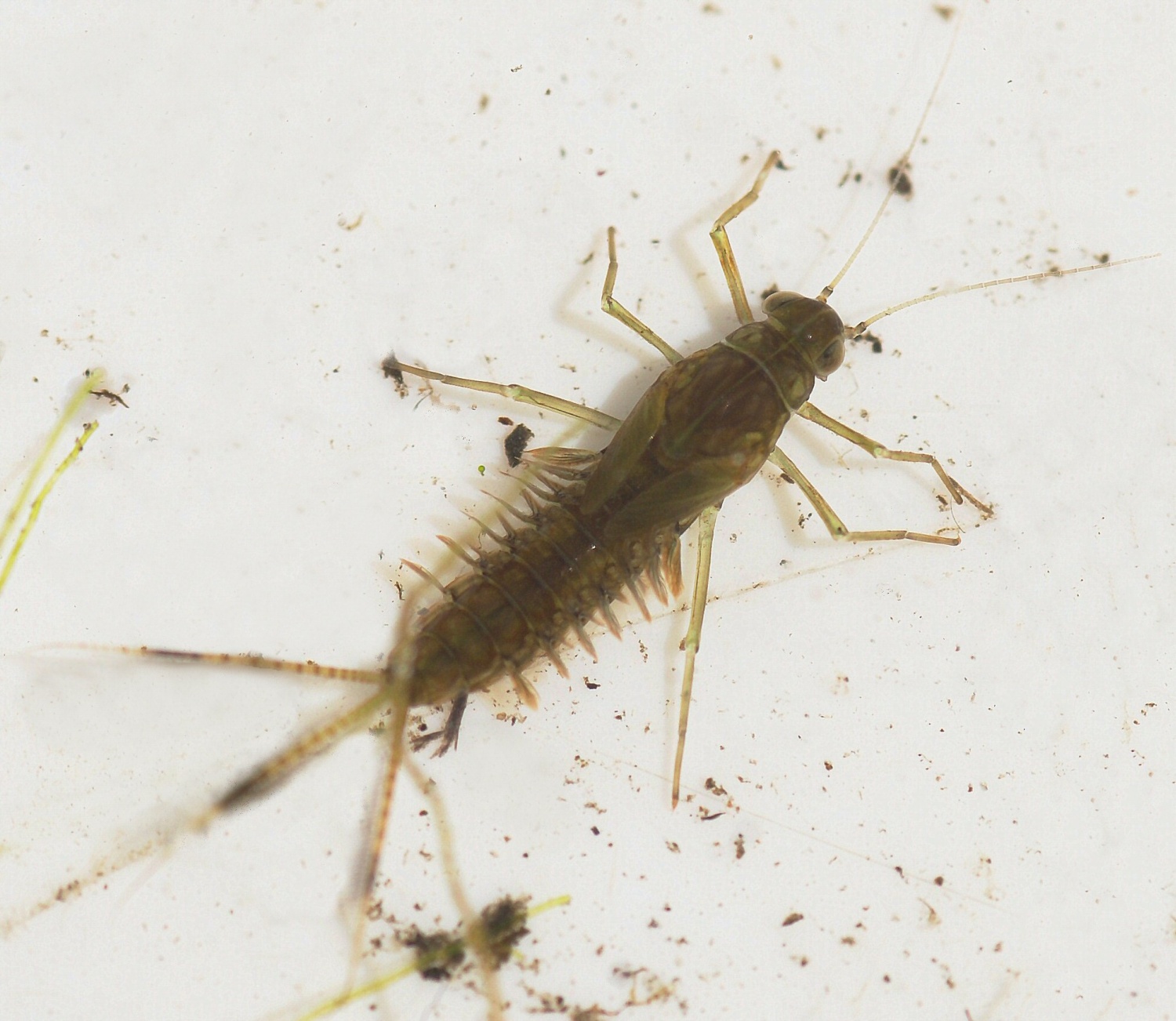
I Should forward this to my gf kid. She's got a C in science..
Excelent shout, @davedickeyyall. This was the inspiration of my childhood & it made me an A student in biology. written especially for @steemiteducation as a classroom primer for school students
Awesome post , great pictures , wonderful information . Thanks for sharing 😊 followed and upvoted .
Thanks @stevecoin77 written as a special education piece for @steemiteducation ! glad you like it
Congratulations! This post has been upvoted from the communal account, @minnowsupport, by outerground from the Minnow Support Project. It's a witness project run by aggroed, ausbitbank, teamsteem, theprophet0, someguy123, neoxian, followbtcnews/crimsonclad, and netuoso. The goal is to help Steemit grow by supporting Minnows and creating a social network. Please find us in the Peace, Abundance, and Liberty Network (PALnet) Discord Channel. It's a completely public and open space to all members of the Steemit community who voluntarily choose to be there.
Your photos are beautiful and amazing @outerground! I really love it.
That was very informative! May I give some friendly advice? Would you consider references for further studying? ;)
thanks @ruth-girl ! great info sheet. I hope I have followed all your recommendations. I try to make it inspirational, so sometimes insert entertaining asides in to make it more exciting. I'm trying to share my own childhood passions. (which haven't left me) I still keep ants and sea monkeys!
I have added a few further reading references including 6 cool insects you can raise at home
Ants and sea monkeys?! They're surely not so ordinary pets!
Thanks for the update! :D
easy to look after . seamonkeys are 4 and a half. (they must be about 28th generation super sea monkeys. Ants need love and are only kept for study. I did discover that ants make and use tools.. quite a neat discovery, even if the world is not ready for such news !